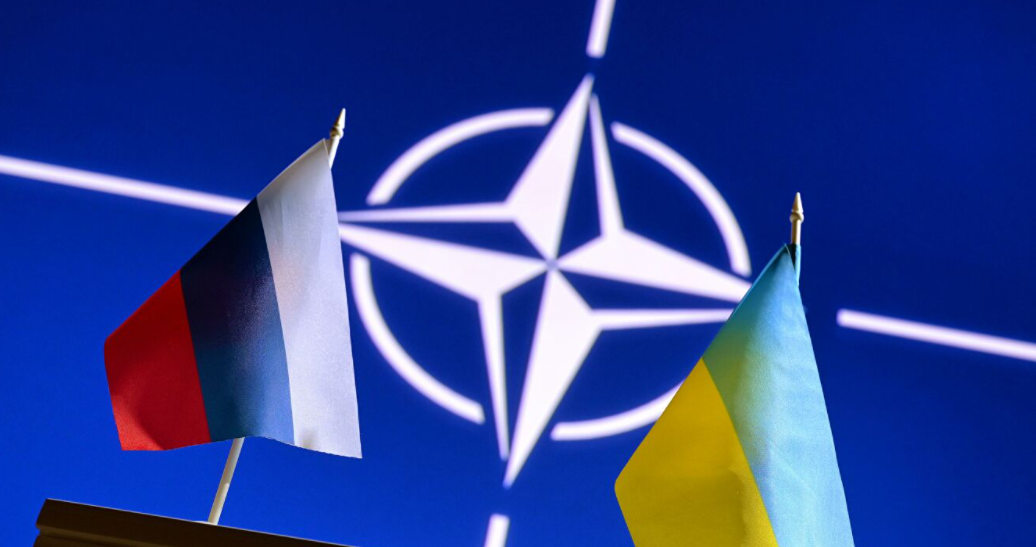Wed Apr 20, 2022
Wednesday / April 20
More arms to Ukraine
US President Biden said Tuesday that he intends to send more weapons to Ukraine as a new Russian offensive in eastern Ukraine begins.
Earlier the day Biden discussed international support for Ukraine during a call with other world leaders.
White House press secretary Jen Psaki said that Biden and the U.S. allies and partners "spoke about providing more ammunition and security assistance to Ukraine."
A senior U.S. defense official said later that approximately seven U.S. flights carrying weapons are heading to Europe in the next 24 hours, as part of the $800 million aid package Biden authorized last week.
The Biden administration is expected to announce another substantial security assistance package for Ukraine this week.
The package is set to be about the same size as the $800 million military aid package President Joe Biden announced last week.
US stocks
Stocks rose on Tuesday as traders navigated one of the busiest weeks of corporate earnings season, and monitored the latest moves in interest rates.
The Dow Jones Industrial Average gained 499.51 points, or 1.45%, to close at 34,911.20. The S&P 500 rose 1.61% to 4,462.21, and the Nasdaq Composite surged 2.15% to 13,619.66.
IMF forecasts
The International Monetary Fund on Tuesday cut its global growth projections for 2022 and 2023, saying the economic hit from Russia’s unprovoked invasion of Ukraine will “propagate far and wide.”
The Washington-based institution is now projecting a 3.6% GDP rate for the global economy this year and for 2023. This represents a 0.8 and 0.2 percentage point drop, respectively, from its forecasts published in January.
The World Bank also cut its global growth expectations on Monday, now estimating a growth rate for 2022 of 3.2%, down from 4.1%.
Bostic comments
Atlanta Federal Reserve President Raphael Bostic on Tuesday expressed concern about the impact that rate hikes could have on the U.S. economic recovery, saying the central bank shouldn’t move so fast that it chokes off growth.
Bostic did not commit in a CNBC interview to what pace the Fed should take in increasing benchmark rates. Instead, he said policymakers should be measured in their approach and watch how what they do impacts conditions.
“I think I’m in the same areas as my colleagues philosophically,” he told CNBC. “I think it’s really important that we get to neutral and do that in an expeditious way.”
“Neutral” is considered the rate at which the economy is running on its own with rates that are neither boosting nor restricting growth. Bostic said that rate could be as low as 1.75%. That puts him near the median of the Fed’s “dot plot” of individual members’ projections released each quarter.
“I really have us looking at one and three-quarters by the end of the year, but it could be slower depending on how the economy evolves and we do see greater weakening than I’m seeing in my baseline model,” he said. “This is one reason why I’m reluctant to really declare that we want to go a long way beyond our neutral place, because that may be more hikes than are warranted given sort of the economic environment.”
Bostic said the Fed “needs to be cautious as we move forward.” Inflation could be topping, he said, though he noted that real incomes adjusted for the cost of living have been falling.
“We do need to get away from zero, I think zero is lower than we should be right now,” he said. “But at the same time, we need to just pay attention.”
